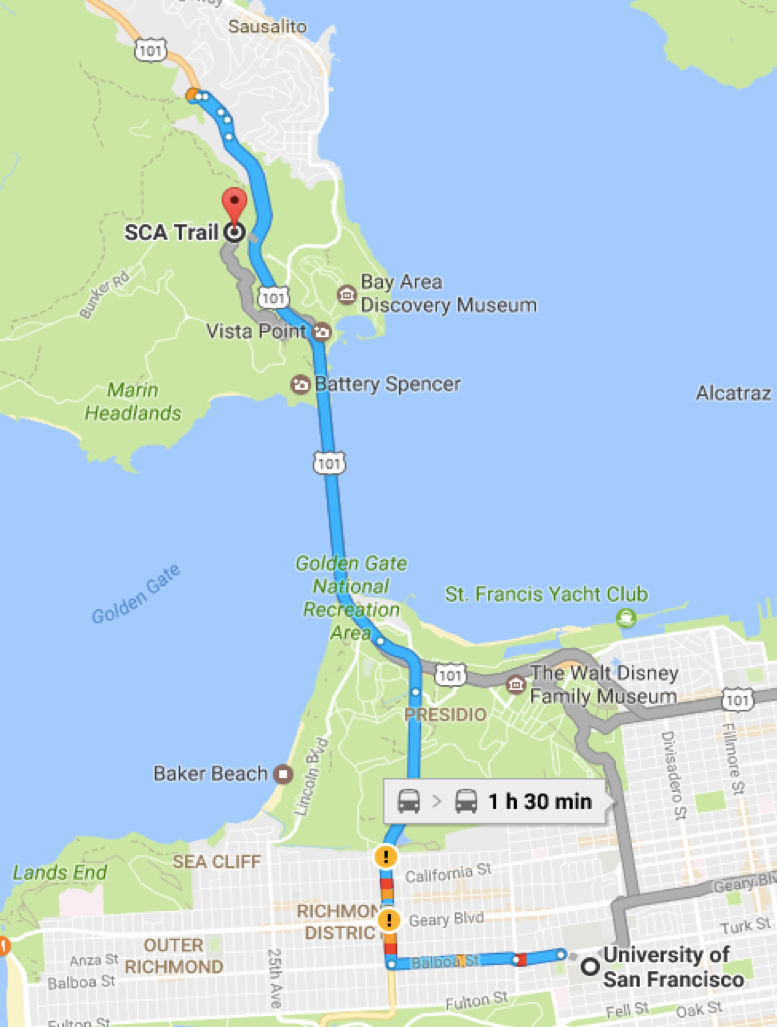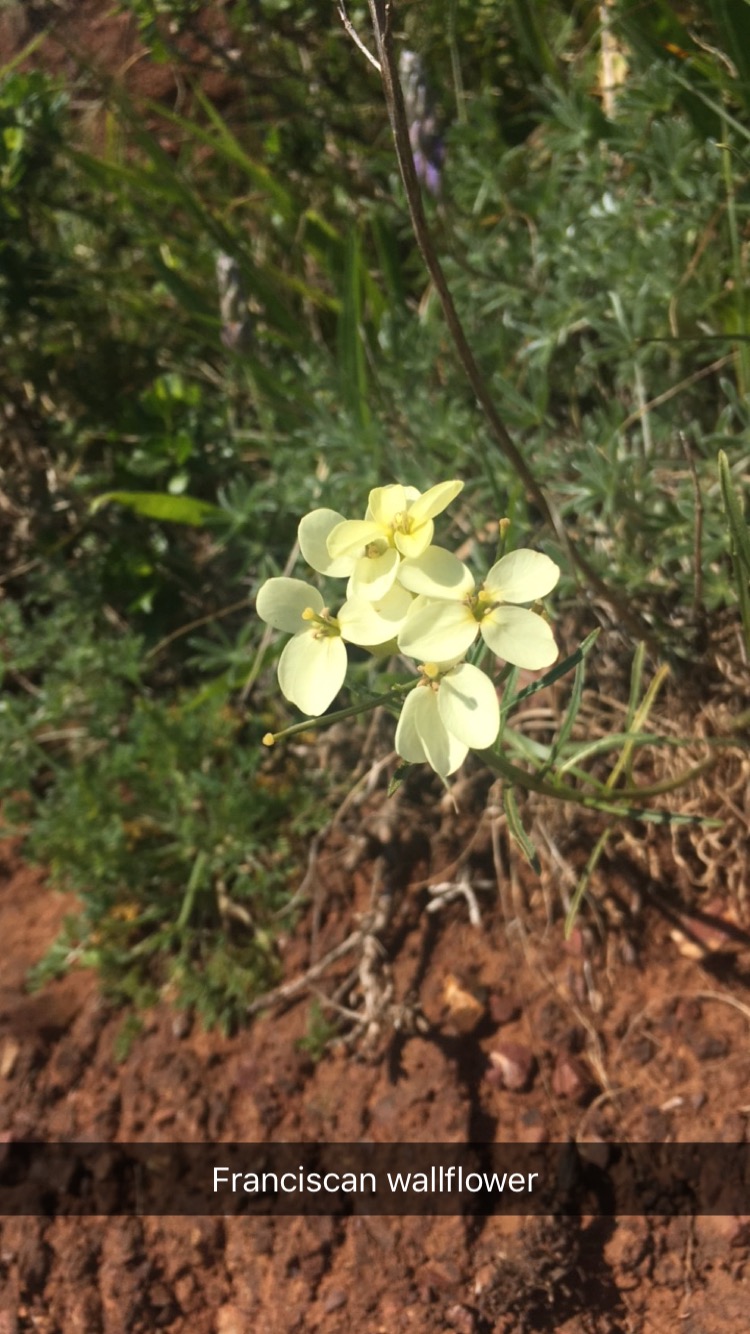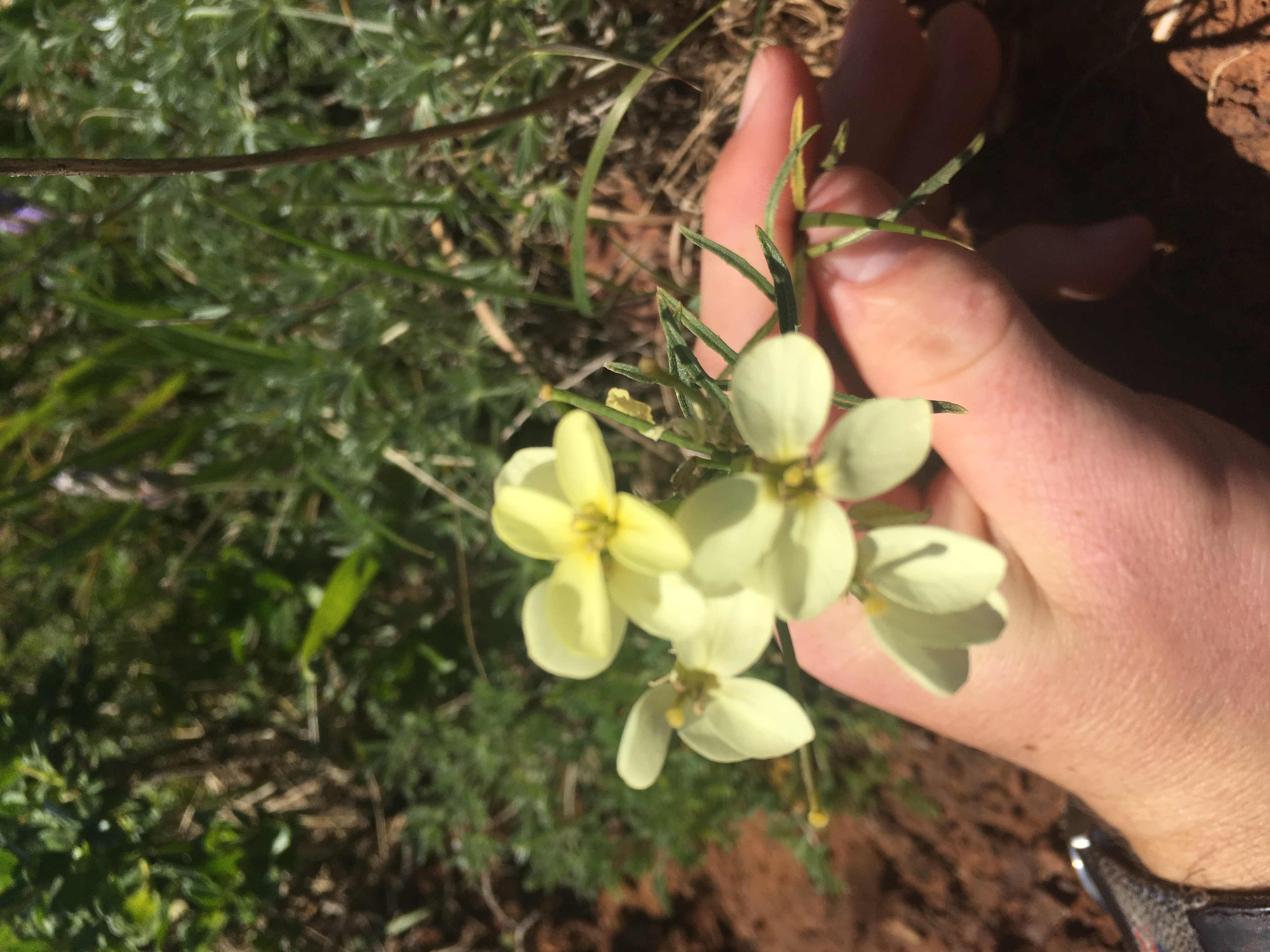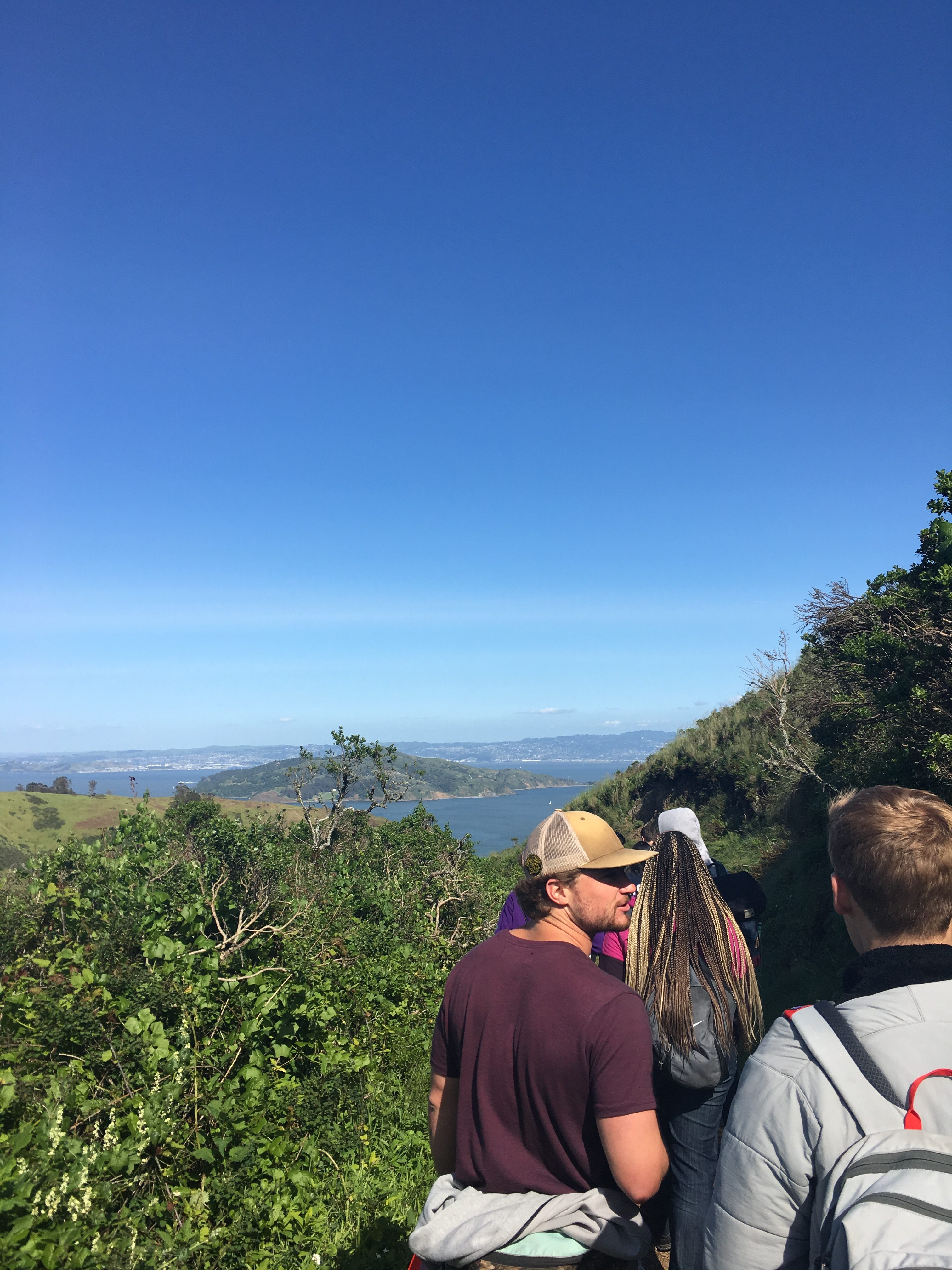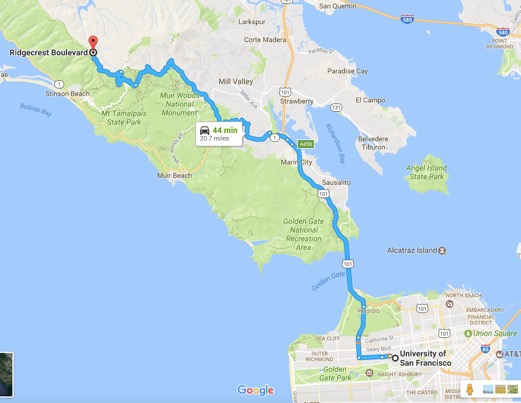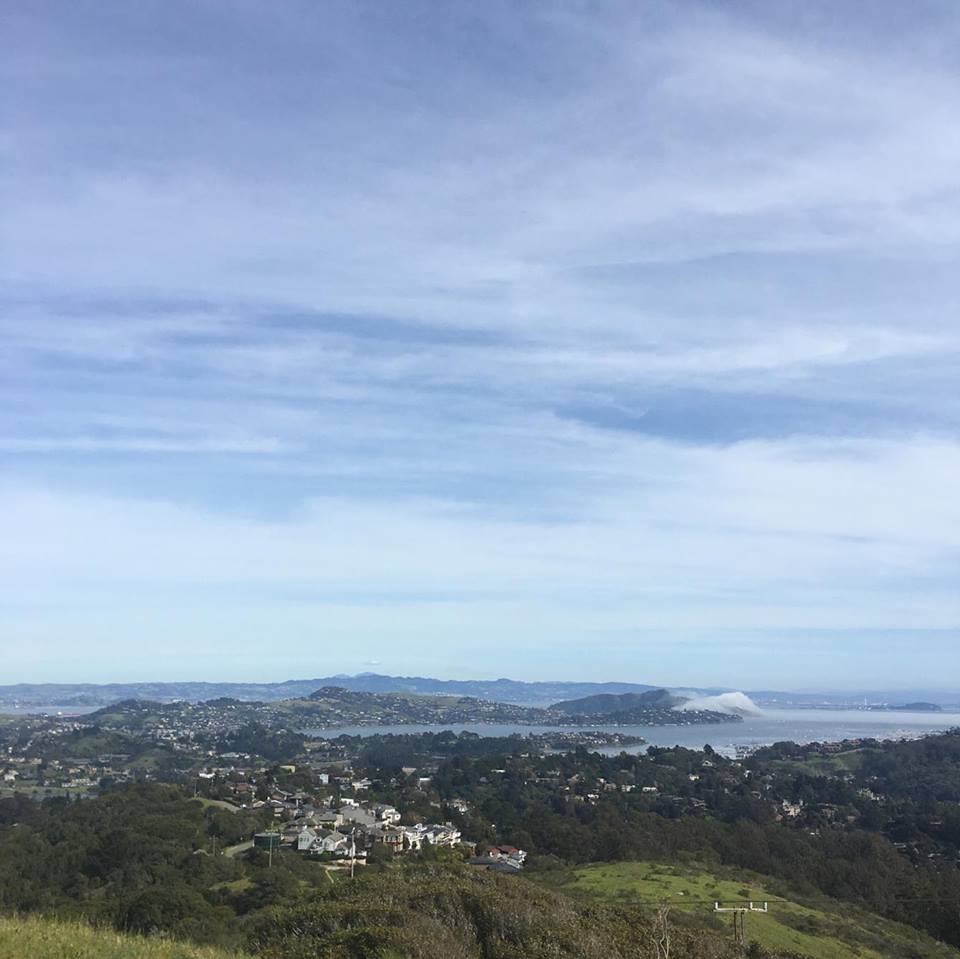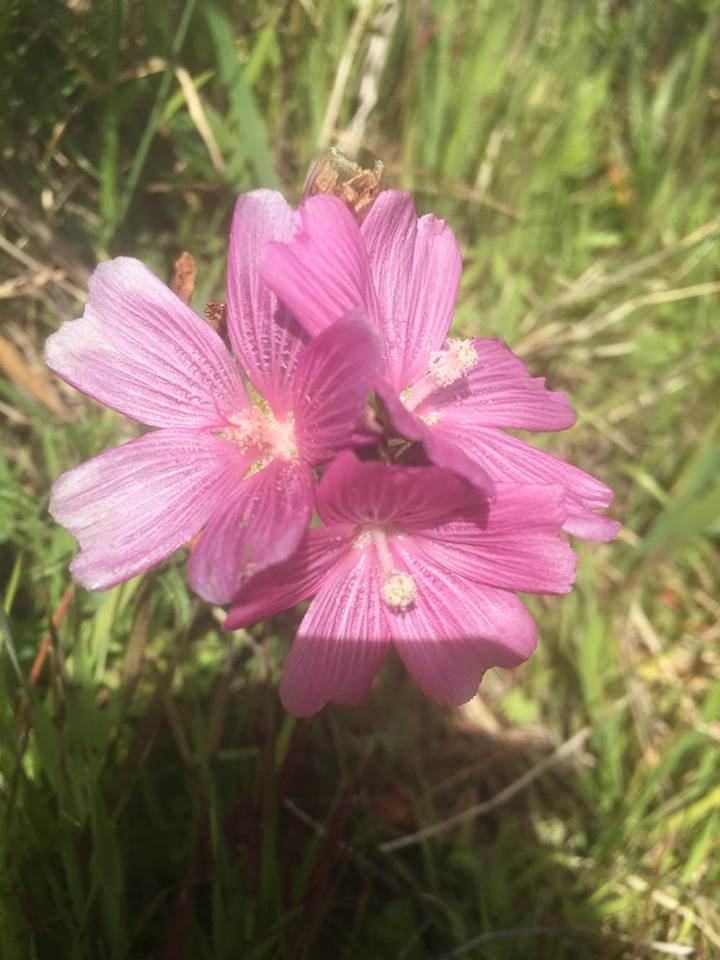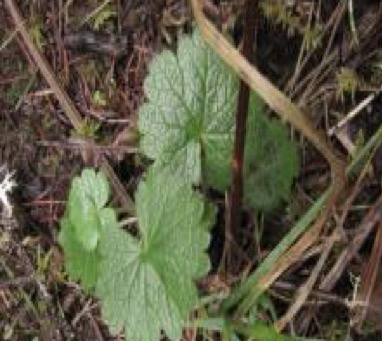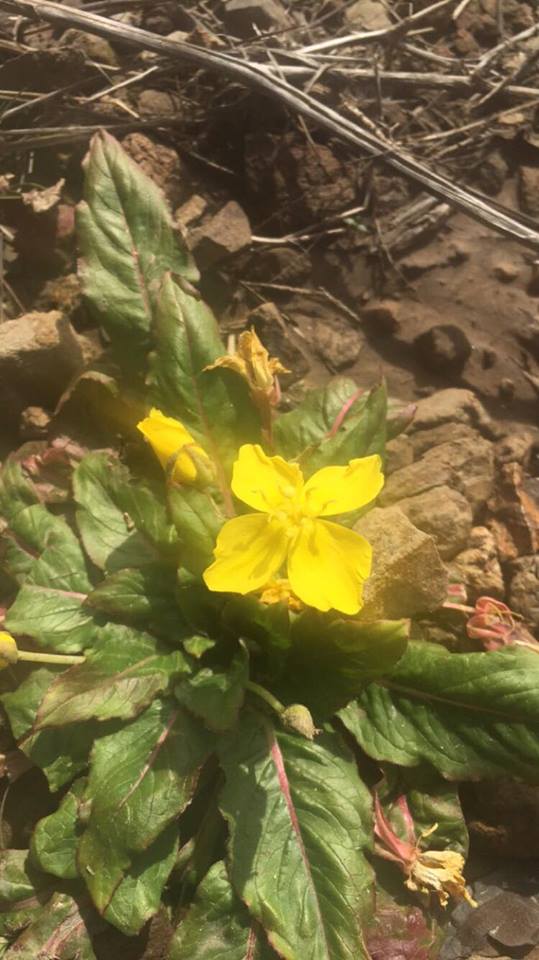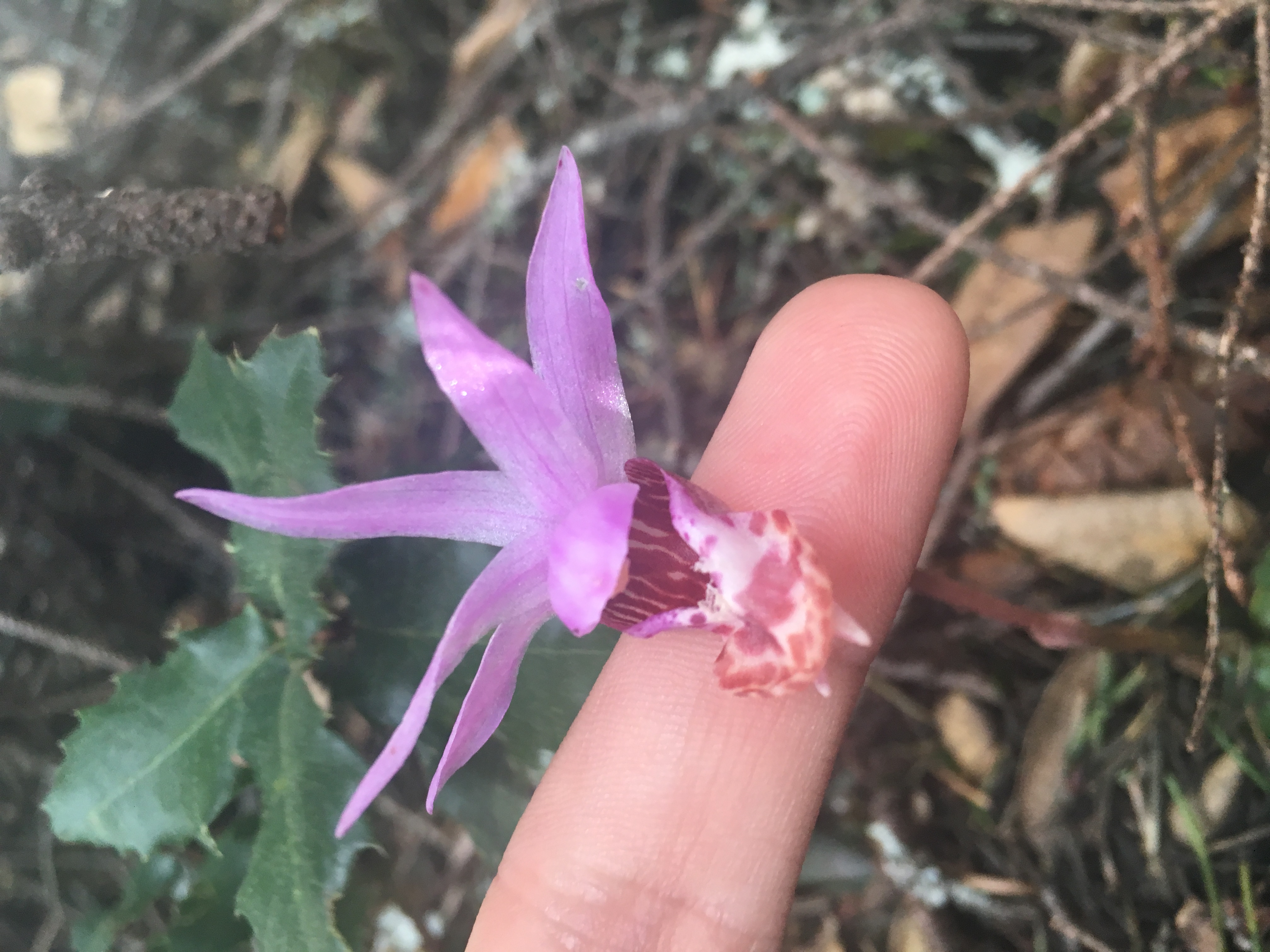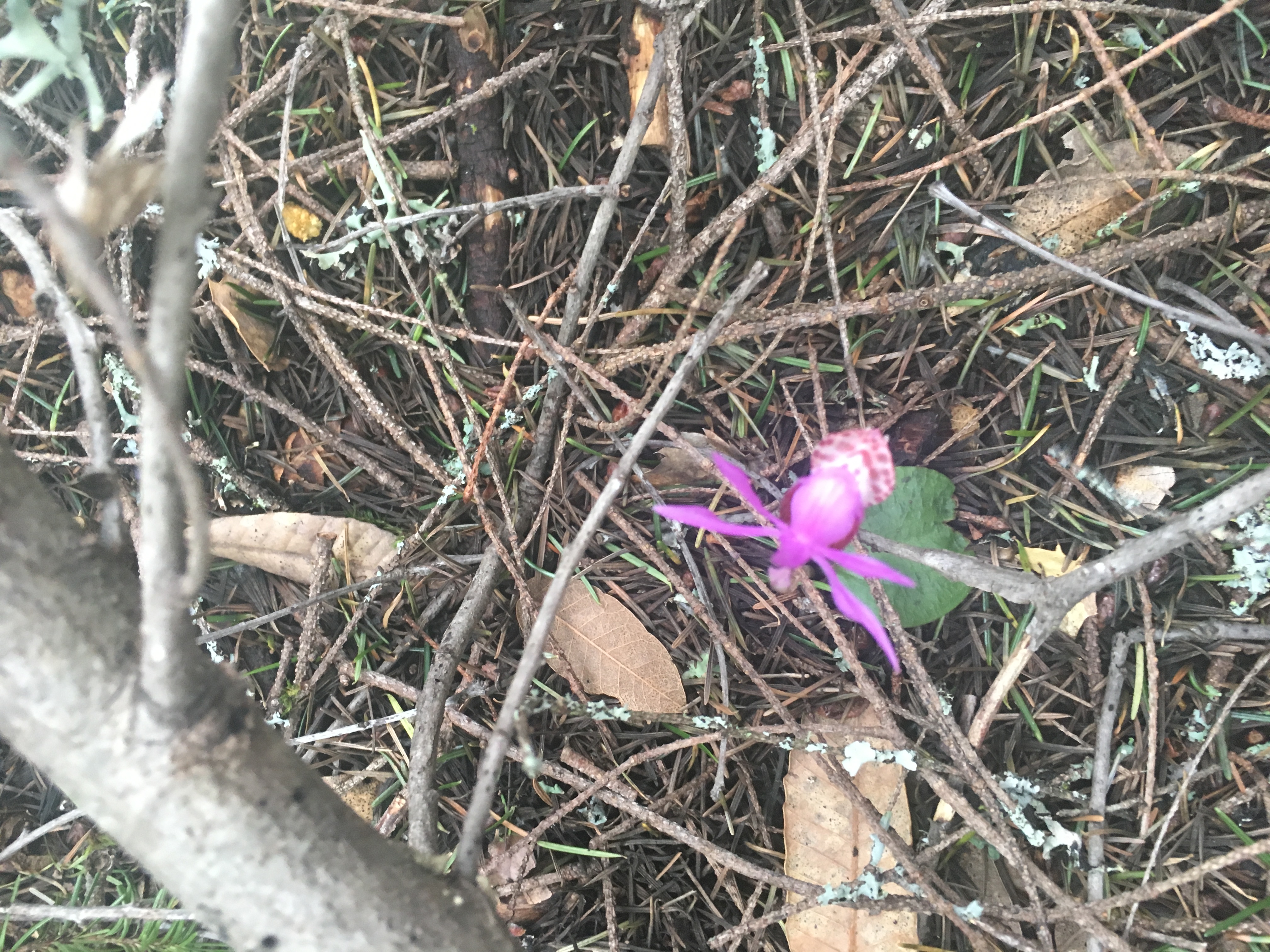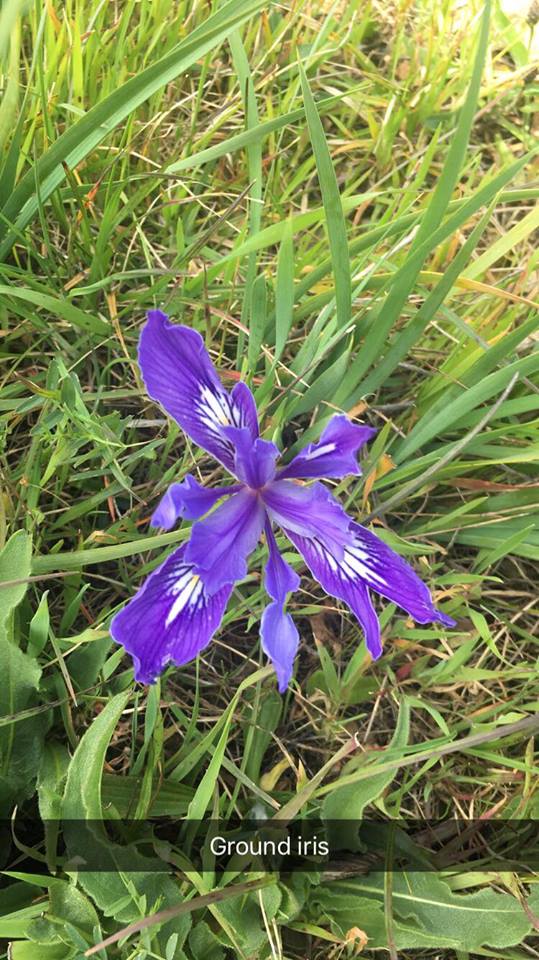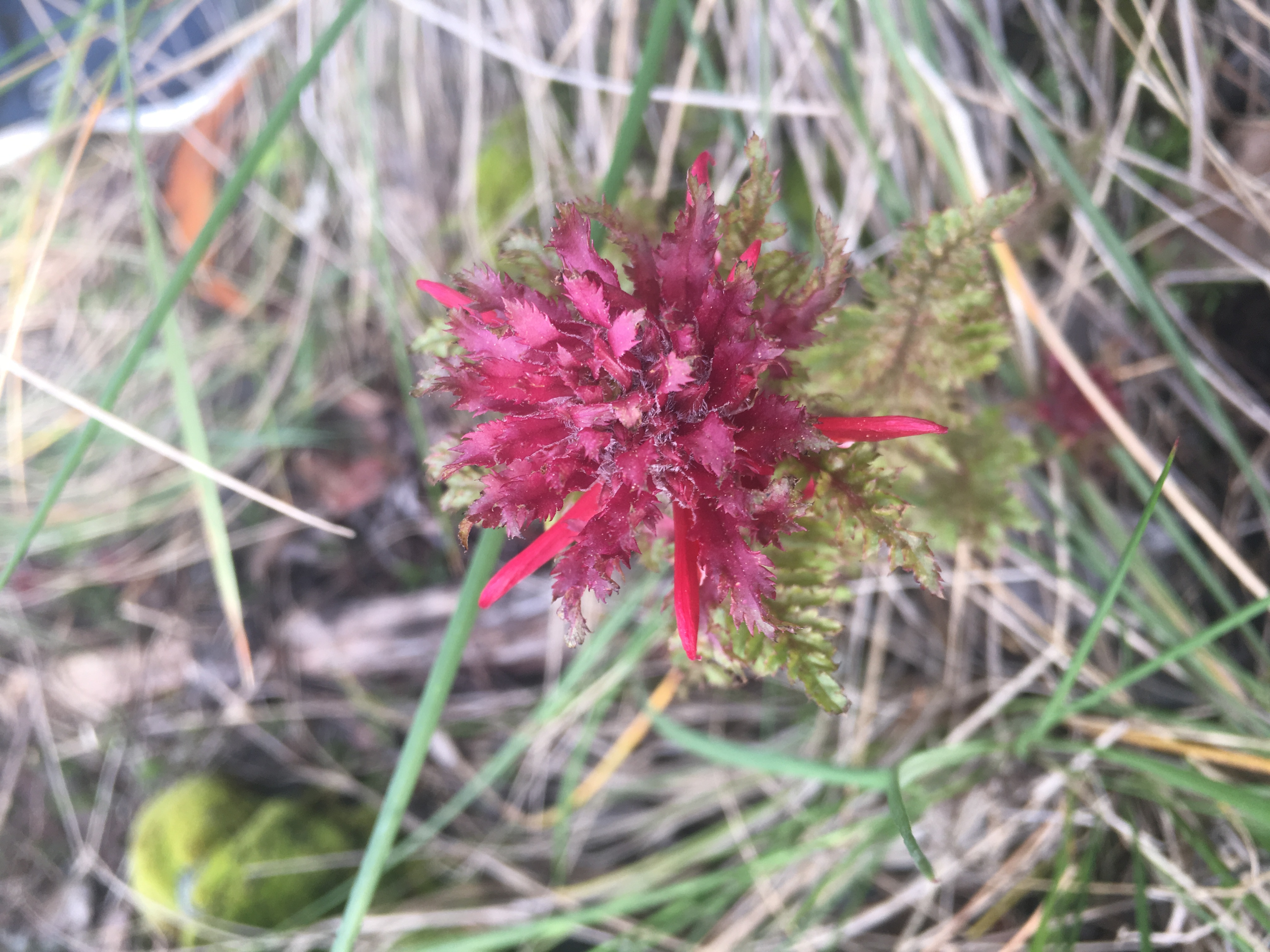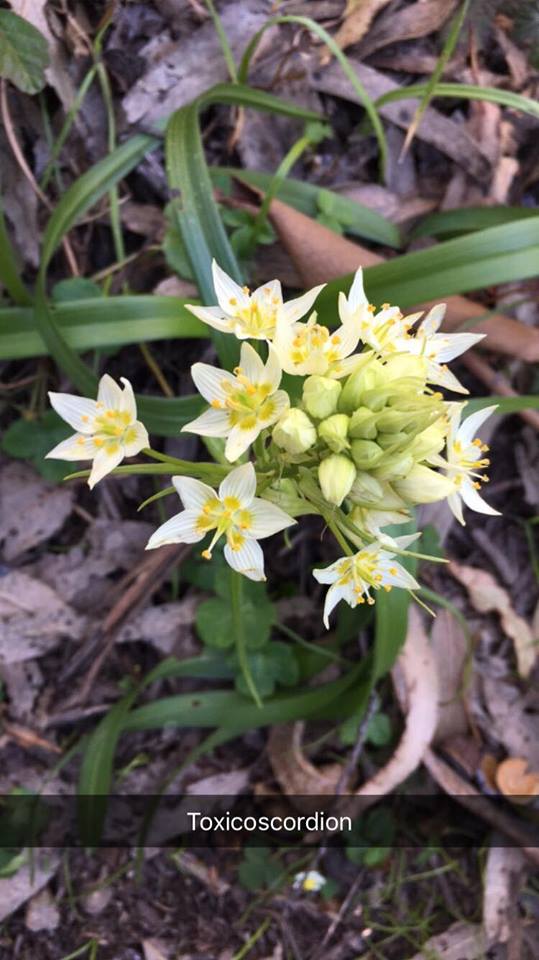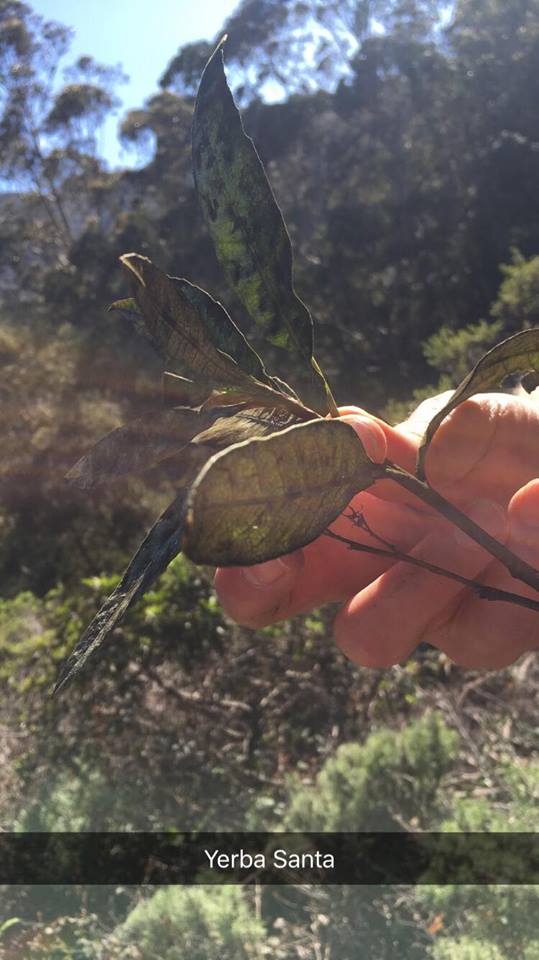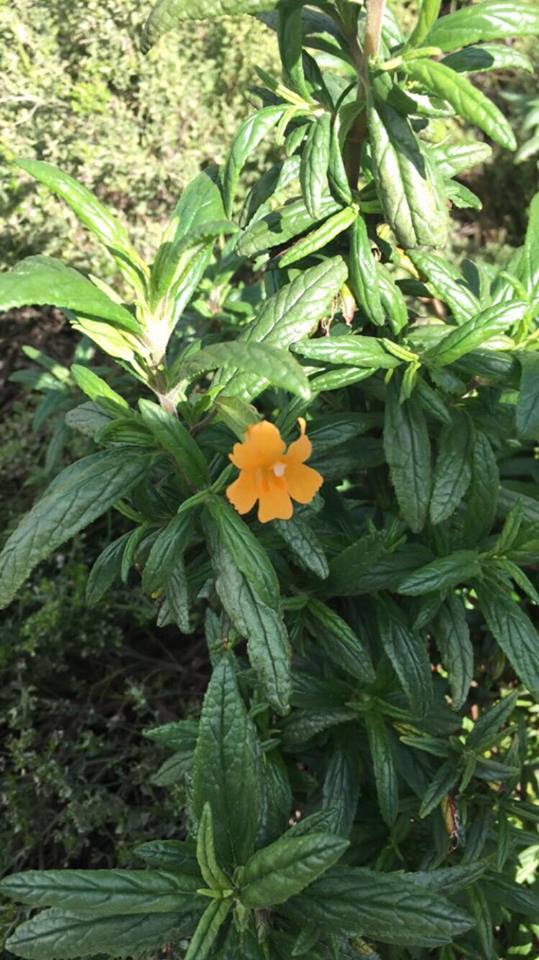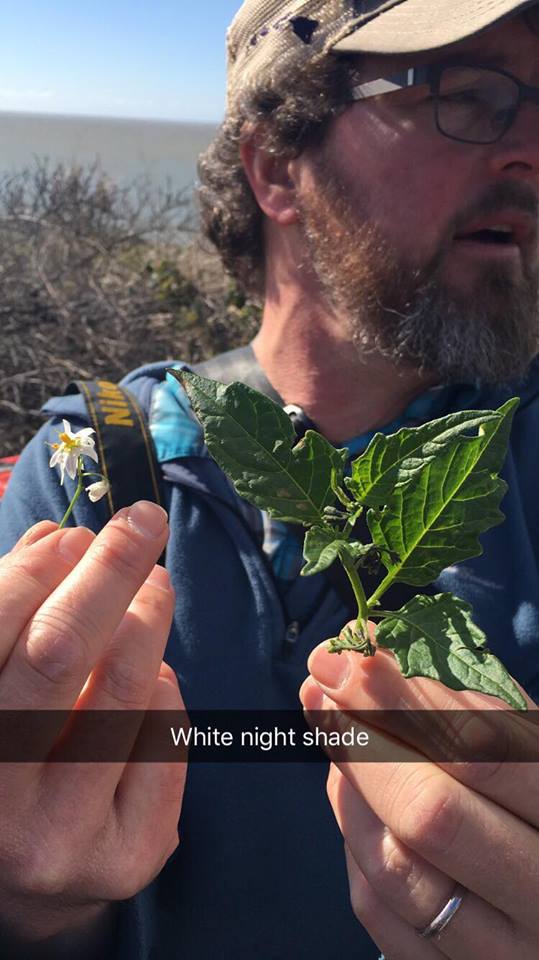Botany Field Journal #5
Date: 23 March, 2017
Location: SCA trail (37.832143, -122.482281), elevation: 209.5 meter
This picture shows the direction of our trip from the University of San Francisco to the SCA trail.
Site description:
The trail is cut into the side of the mountain and faces westward. There are many native and small species that grow here. The species are smaller in size due to the high winds in this region. This is a coastal Scrub. There were various dominant scrub species such as California sagebrush and coyote bush. Associated species included poison oak, California blackberry, and California buckwheat. Shrubs were around 2 meters, canopy was continuous/intermittent.
Species descriptions and digital collections (3): These pictures illustrate the three species of plants that I have chosen to describe in my blog.
1) Genus and Species: Lupinus bicolor
Common name: Lupine
Family: Fabaceae
Species Description:
This species is a dicot and it’s native to California. It is found in open areas and is commonly called “miniature lupine.” It is a legume plant and has flowers with two different colors. The top banner petal has a squared off top edge and a large white patch with dark blue dots. The white patch turns magenta with age. Petals are generally blue but can also be pink or white. The leaves are palmately compound with 5-7 green leaflets. Inflorescence shows small flowers in whorls of usually 5 flowers along the short and hairy flower stalks. Flowers are deeply lobed. The petals are generally pointed and upper margins are ciliate near the tips.
2) Genus and Species: Erysimum franciscanum
Common name: Franciscan wallflower
Family: Brassicaceae
Species Description:
This species is an ornamental member of the Mustard Family. It’s biennial. The leaves are thin and basal. They are also oblanceolate and flat. Flowers have four petals and they are yellow to cream in color. They have a distinct midvein. Several delicate stems extend above a rosette. The coastal form has a woody lower portion while the upper portion is herbaceous.
3) Genus and Species: Phacelia californica
Common Name: Rock Phacelia
Family: Boraginaceae
Species Description: this species is a perennial herb. It has a purple erect stem. Floral heads are curled under. This species has early flowering and determinate inflorescence. It is extremely hairy and the flowers have five pedals. After some research, I learned that the flowers provide nectar for the endangered Mission blue butterfly found in this region. The leaves are generally compound and sometimes dissected. The corolla is bell-shaped and is blue to lavender in color.
Narrative:
We left campus at around one in the afternoon and headed to the SCA trails. This trail was relatively close to our campus. We had a hard time finding parking due to the nice weather and many tourists visiting the area. We finally parked and walked under the Golden Gate Bridge, which was fun. We then started our first field quiz, which took up most of the time and was difficult. There were many species that we had learned about on this trail. After the quiz, we continued to the Slackers Hill, which had a beautiful view of the bridge. It was extremely windy on our way back. We learned about a few species after our quiz that are shown in the images below.
